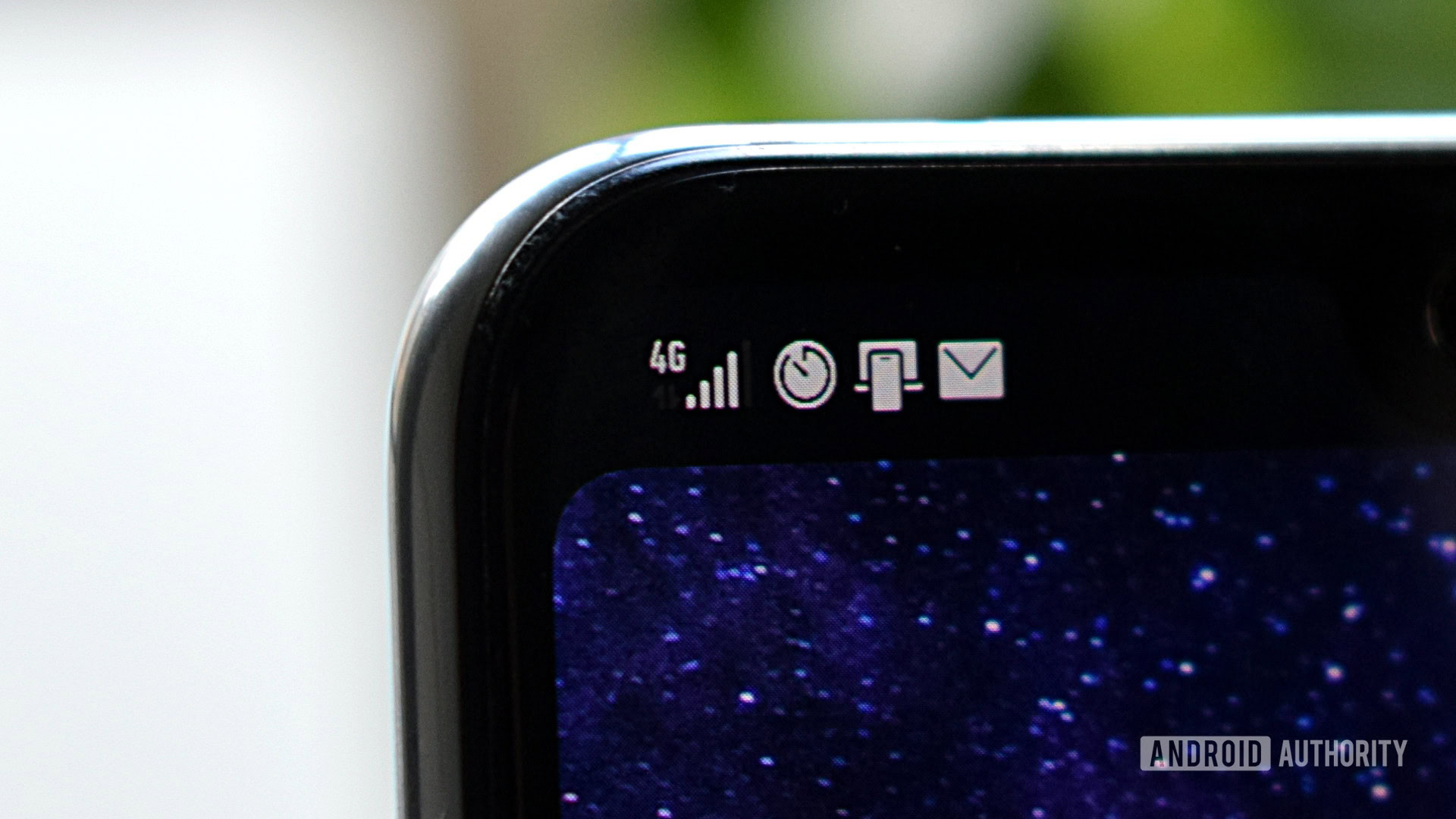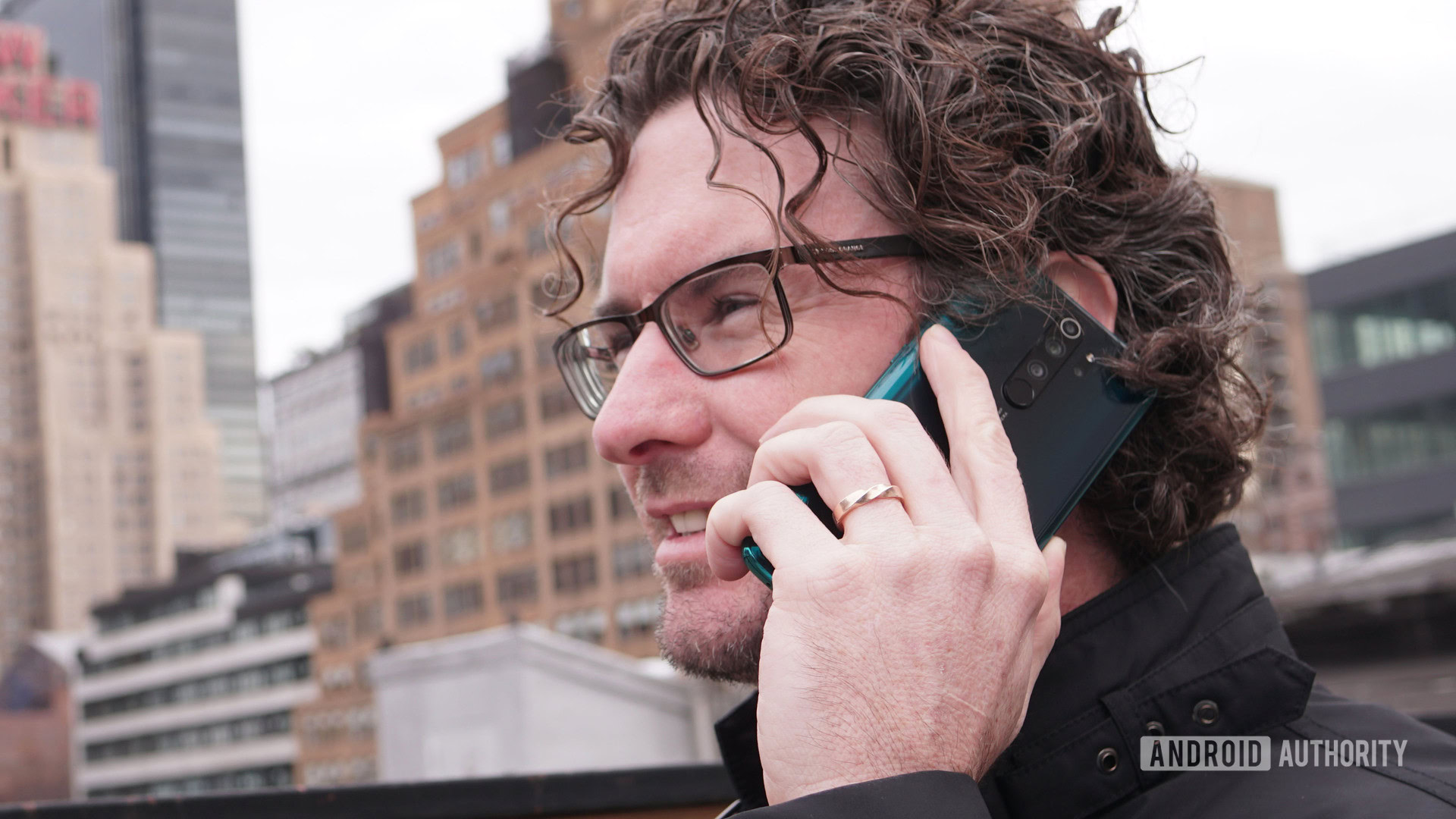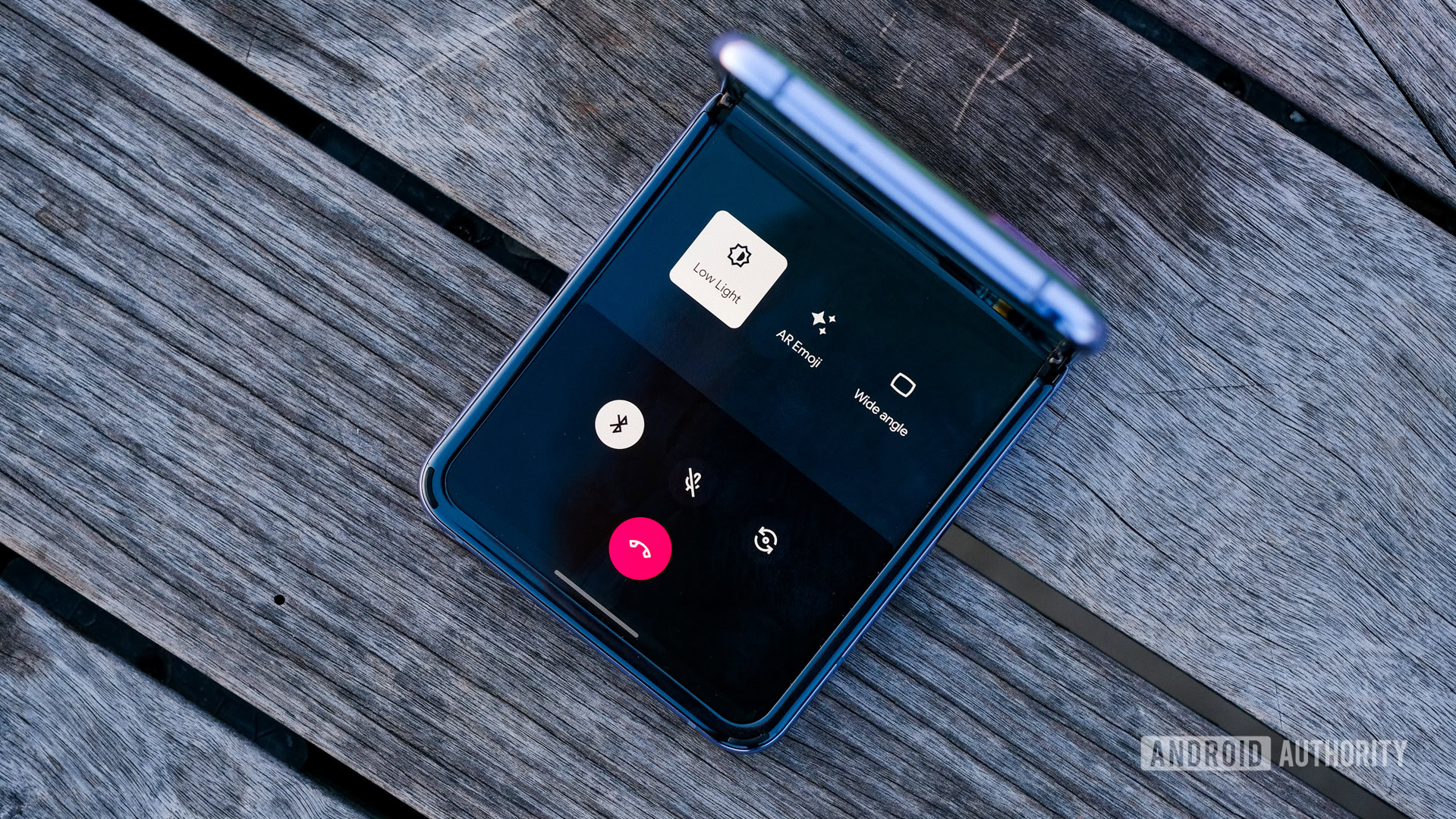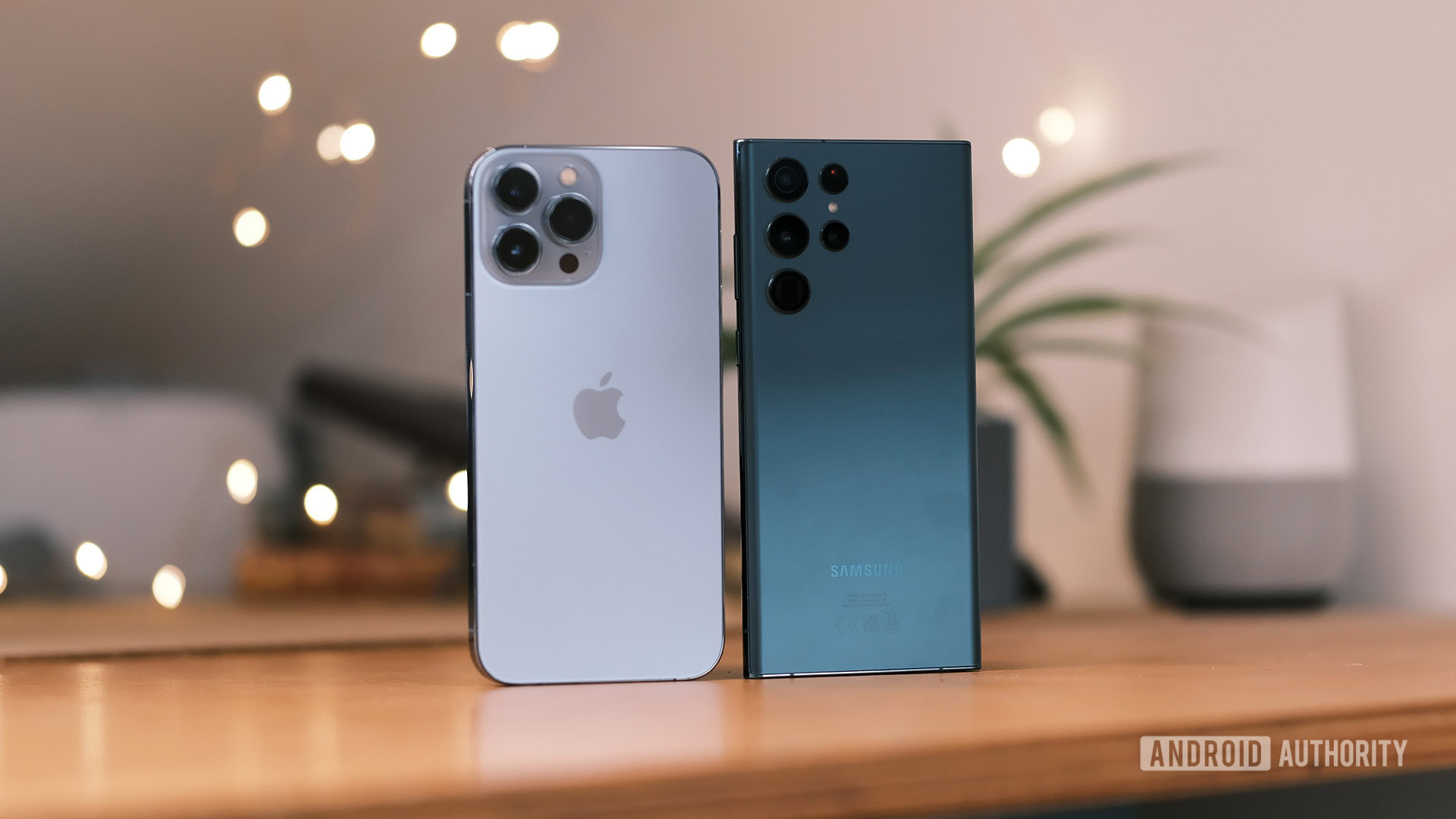Affiliate links on Android Authority may earn us a commission. Learn more.
Explained: AT&T and T-Mobile VoLTE phone cutoffs

3G voice calling is no more. It’s finished. The deadline for AT&T’s service has passed, and T-Mobile had already axed the service a while ago. Now, your only option will be to rely on Voice over LTE (VoLTE) calling to stay in touch. That means smartphones that depend exclusively on 3G networks for calls will cease to work on these networks.
These US carriers have phased out old 3G voice calling technologies as they focus on current 4G LTE networks and the continued rollout of 5G over the coming years. This allows them to increase capacity for newer networks as legacy technologies are phased out. The drawback for consumers is that those older smartphones no longer work on AT&T and T-Mobile networks after making the switch.
What is VoLTE/HD Voice, and how does this all work?

Making voice calls is intrinsically linked to the capabilities of your mobile network and device. The quality and features available for voice calls depend on the type of network you use, such as 2G, 3G, or 4G, as well as the capabilities of your smartphone. VoLTE and HD Voice are two modern protocols for making wireless calls, taking advantage of the up to three times higher bandwidth of 4G LTE for much higher quality calls than older networks. New devices use superior VoLTE and HD Voice, while older devices still use existing 3G networks.
As 3G is switched off, you need VoLTE or HD Voice support to make calls on 4G networks.
VoLTE allows for the simultaneous use of voice and data during calls, so you can look something up online while still on a call. It also supports 6-way conference calls. The move to 4G also provides lower latency, reducing those infuriating instances where you end up talking over each other due to the call delay. Likewise, the HD Voice codec offers the same benefits by leveraging 4G LTE networks and extending capabilities on older networks.
What’s key is that VoLTE and HD Voice use 4G LTE to offer better quality calls compared to 3G and 2G equivalents. Modern smartphones almost universally support these technologies, so there’s little reason to continue to support the inferior, aging standards. Especially as carriers are looking to free up the old spectrum for use with new 5G networks.
Calls on 3G networks still exist as a fallback for older devices and ensure you can make calls in areas without 4G coverage. However, both of these are increasingly rare. All modern smartphones support VoLTE calls, and 4G LTE network coverage is increasingly comprehensive, even at the edges of networks. In a nutshell, there are diminishing reasons to keep supporting old, inferior 3G calls and networks for many carriers. We can probably expect more carriers worldwide to make the switch in the coming years as well.
Read more: How Enhanced HD Voice makes your calls crisp and clear
The trade-off is that the few devices that don’t support VoLTE and HD Voice won’t fall back to 3G and 2G to make calls once these networking technologies are switched off. They’ll essentially just become 4G data devices.

When did 3G voice support end?
T-Mobile customers can no longer activate new devices without VoLTE capabilities. This rule came into force on August 4, 2020. Current T-Mobile and Metro by T-Mobile lost their access to non-VoLTE devices as of January 2021. So, if you’re still on the Uncarrier, then you’ve already cleared this hurdle.
4G-only calling went live in January 2021 for T-Mobile and February 2022 for AT&T.
AT&T gave its customers a bit more time to plan. The carrier didn’t drop non-HD-Voice devices until February 2022. Emails went out to inform customers that their phones wouldn’t be compatible with the network in the future. However, AT&T didn’t handle the transition particularly well. It has failed to inform consumers of the date correctly and has sent messages out to subscribers who own HD Voice capable handsets. We’ve also seen reports of supported devices losing their calling capabilities, though we can’t tell if those devices got their calling capability back.
You can also see when Verizon plans to finish phasing out its 3G network at this link from the FCC.
How can I tell if my device is supported?

AT&T is still contacting subscribers who have devices that the carrier will not support. So if you don’t receive a message, you can probably assume your smartphone will keep on working just fine. Since the deadline has now passed, there’s another easy way to tell if your phone is supported. If it still works, you should be good to carry on.
Even though VoLTE and HD Voice has been supported in smartphone modems since 2013 and 2014, respectively, don’t take this as a given that your device will continue to work. AT&T’s HD Voice implementation only works with specific handsets. You can find the list of supported smartphones as well as unlocked models below.
As for T-Mobile, the carrier says that all of the handsets it has sold in the last five years should still work now that we’re in 2022. You can use T-Mobile’s compatibility checker to see if your device works with the network in place of a device list. It just requires you to input your phone’s IMEI number, which you can find in the settings menu under About Phone.